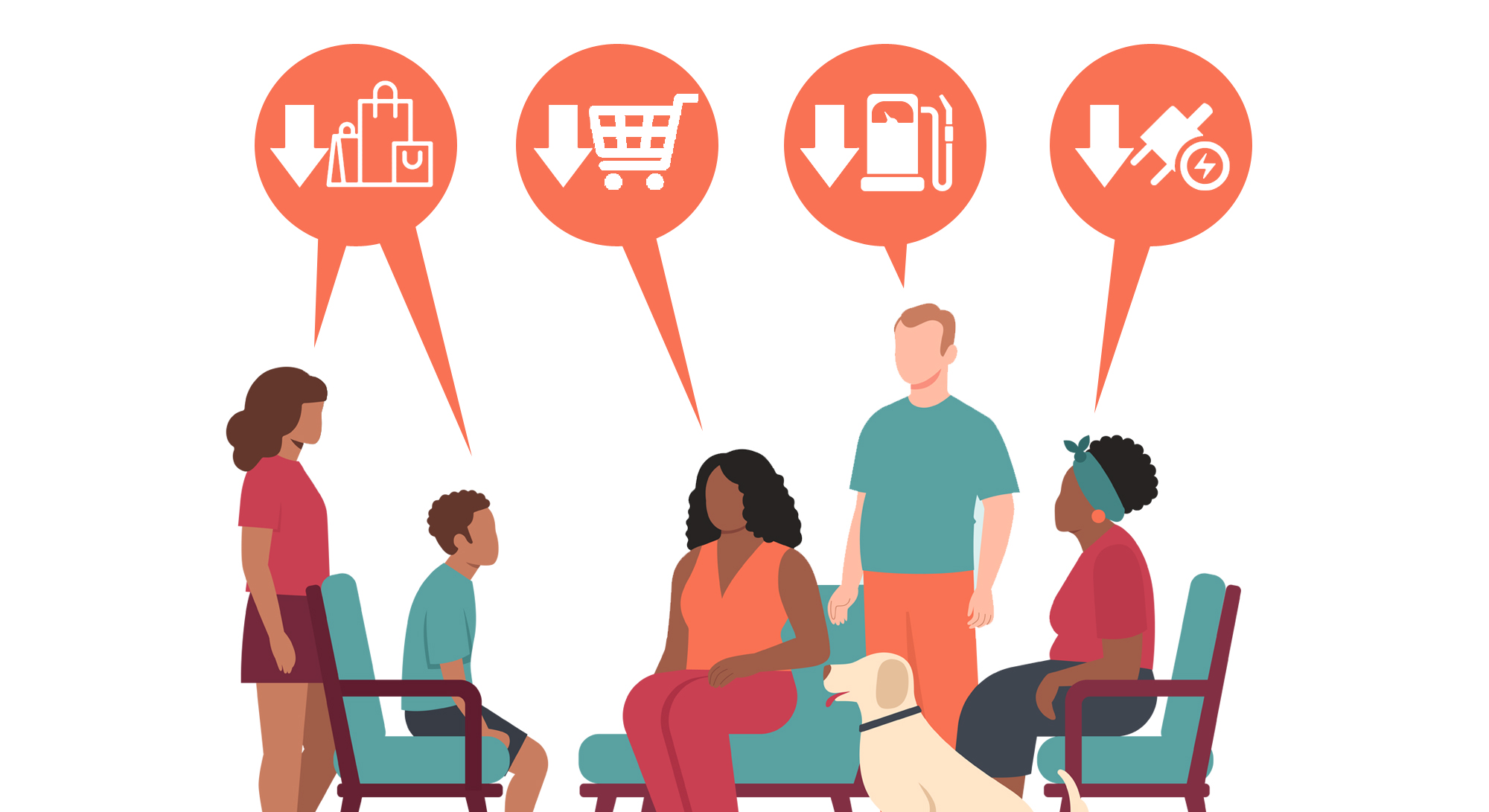Designing a Theory of Change
Improvement is more than the individual actions we take to modify a system or process. There must be a clear link to how each change made will lead to accomplishing your team’s overall aim for the project. In improvement science, we call this a theory of change–what you believe needs to be true about a system to reach your aim. A theory of change will guide you and your team throughout an improvement project, so creating a theory of change is often one of the first steps along any improvement journey.

The visual representation of a theory of change is a tool called a key driver diagram (KDD), and like many things, the quality of a key driver diagram is dependent on the process used to create it. At Shift, we aim to improve systems so they more equitably serve the people they impact. To do that, we have to engage those most impacted by the system whose lived expertise provides critical insights to improve it. We bring together diverse perspectives on a system to build a theory of change before we undertake any improvement efforts.

Designing a theory of change and the key driver diagram to illustrate it doesn’t end with the early draft. It is an iterative process that continues throughout the trajectory of an initiative. Not because we are unclear about our goals, but because a theory is only a theory until it is tested. As we test our theory against data and insights from the improvement process, we refine it based on new learning. By including lessons learned by various team members, we ensure the theory of change reflects the reality of those working to improve a system and that the changes we make meet the needs of those we seek to serve. That’s one way that we keep equity and inclusion at the forefront of systems change.
Illustrating your theory of change in a key driver diagram is a great way to create a shared vision for improvement initiatives across people with diverse experiences and perspectives.
At Shift, we are strong believers in the Iceberg Model (Academy for System’s Change): a community’s leverage for change increases with the depth of shared mental models. A theory of change - illustrated in a key driver diagram - builds a shared mental model for the hard work of system’s change by:
- Galvanizing a community together towards a shared “why” for the work.
- Uncovering different assumptions about the conditions and factors needed to accomplish the aim.
- Providing a way to illustrate the shared progress and learning throughout implementation.
- Creating a living framework that is continuously updated to capture new learning and evidence
We offer two recent examples from Shift’s work with partners and implementing organizations that illustrate how a shared theory of change increases leverage for impact:
- A theory of change (illustrated in a key driver diagram) is iterative and evolves with the depth in learning from the community. Click through this slide deck to see the evolution in learning for the Student Experience Project (SEP) over three years. Over three years, this community of education partners and universities worked together to craft and refine the aim, key drivers and interventions that aligned with the SEP vision: to create equitable, student-centered learning environments that support the success, retention and degree attainment of students currently served least well. (Learn more about SEP on the project website!).
- A key driver diagram serves as both an organizing construct and knowledge management tool for a community. In this example to foster a sense of belonging and support learning in math classroom, click on each change concept to access a folder with relevant evidence and know-how to support implementation of change ideas. (Learn more about this project and access teacher- tested practice guides on Shift’s website!).
No matter what issue your community is working to improve, a theory of change will help your community to work together to increase leverage and impact. Reach out to us at hello@shift-results.com with any insights or questions about building your theory of change!

